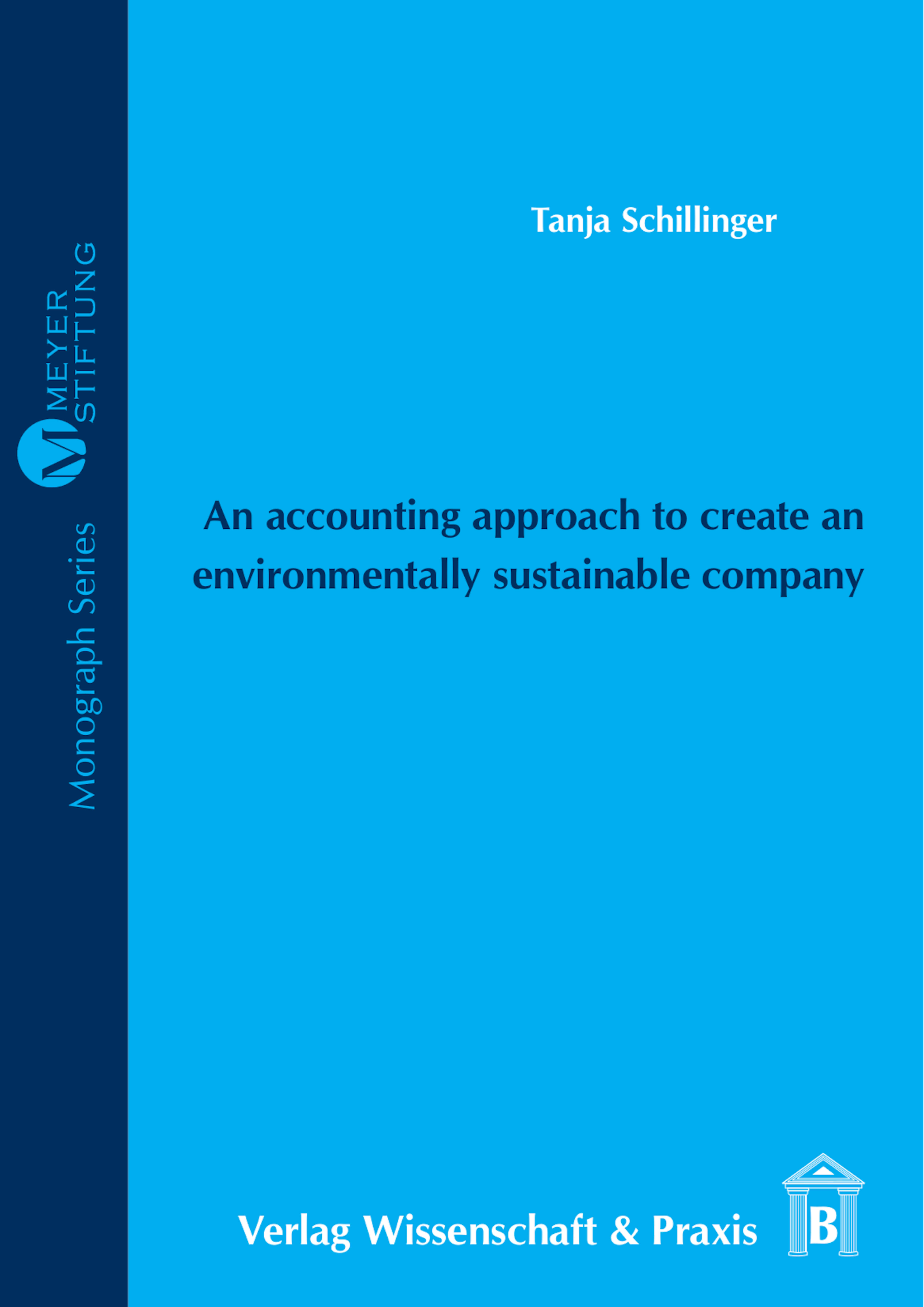- 中图分类号: F23
- 语种: ENG
- 出版信息: Duncker & Humblot 2020 189页
- EISBN: 9783896447227
- PISBN-P: 9783896737229
- 出版地:Berlin
- 原文访问地址:
KG评星
知识图谱评星,是一种基于用户使用的评价体系,综合图书的评论数量、引文数量、Amazon评分以及图谱网络中节点的PageRank值(即考虑相邻节点数量和重要性)等多种因素计算而得出的评价数值。星级越高,推荐值越高。CAT核心级
核心学术资源(CAR)项目作为教图公司推出的一项知识型服务,旨在打造一套科学、有效的图书评价体系,并协助用户制定相应的馆藏建设方案。CAR项目调查和分析12所世界一流大学的藏书数据,以收藏学校的数量确定书目的核心级,核心级越高,代表书目的馆藏价值越高。选取核心级在三级以上,即三校以上共藏的图书作为核心书目(CAT)。Environmental issues have become ubiquitous, and so has the term sustainability. A plethora of policies, companies, customers, investors, NGOs, and societies discuss sustainability; but talking and acting are two entirely different realms. The corporate sector, as one of the main polluters, bears a special responsibility to behave and act sustainably. Many companies state that they care about sustainability. However, sustainability is often not actually implemented into the company’s culture and actions, but may represent a tool for looking good to the outside. In order to truly ingrain sustainability, there is a need to have specific internal instruments that track the firm’s environmental performance. This is where indicators come into the picture – more precisely environmental indicators. These are useful tools which may be applied by the accounting function in a firm in order to track its environmental performance and to support the decision-making of the management. However, in order to be useful they first have to be accepted and implemented, and unfortunately up until now, environmental accounting still seems to be rather an unpopular outsider in accounting. To support the development towards the implementation of environmental aspects into accounting, this bachelor dissertation seeks to provide practical advice for German companies by selecting and defining a set of environmental indicators. The aim is to provide applicable and well-defined environmental indicators that address the most important global environmental issues, and that are assigned to the different value chain stages of a firm and beyond. This will be achieved, by also assigning indicators to the firm’s suppliers, especially those suppliers from developing countries as they have become increasingly important to the supply chain, as well as offering corporate environmental indicators. This set of indicators will be summarized in the socalled ›Environmental Tree-Model‹ being proposed by the author.







 京公网安备 11010602104826号
京公网安备 11010602104826号
